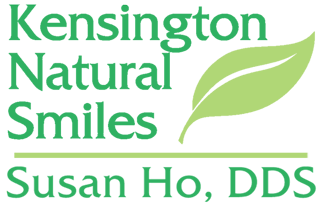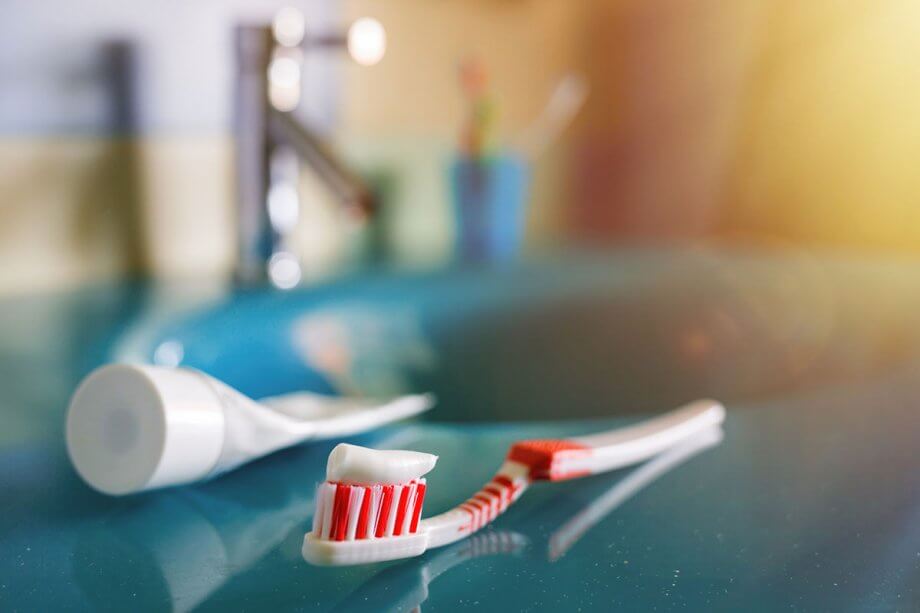By the time we reach adulthood, most of us rarely give a second thought to our teeth-brushing routine. After all, we’ve been doing it our whole lives. But just because we have perfected our routines doesn’t mean we’re using the most effective techniques for keeping our teeth and gums as healthy as possible. Here’s a quick checklist to help you determine if you’re properly brushing your teeth.
Choosing the Right Toothbrush
Soft-bristled toothbrushes are best suited for most patients, as they are less likely to aggravate the delicate gum tissue. When selecting a style of toothbrush, keep in mind that a growing body of evidence suggests that toothbrushes with multi-level bristles or angled bristles are better at removing plaque than toothbrushes that are flat and uniform in height.
Your toothbrush should be replaced when the bristles begin to fray or mat. Even if it isn’t fraying or matted, swap out your old toothbrush for a new toothbrush every 3-4 months.
ADA-Recommended Tooth Brushing Techniques
The most effective way to clean your teeth is by abiding by the techniques recommended by the American Dental Association.
- Hold your toothbrush at a 45° angle to the gums. Then, move the toothbrush back and forth in short strokes to clean the outer surfaces of the teeth.
- Turn the toothbrush slightly to reach the chewing surfaces of the back teeth (molars) on the upper and lower arches.
- Clean the inside surfaces of the front teeth by tilting the brush vertically and using up and down brush strokes. Clean the insides of the other teeth using back-and-forth strokes.
- Lastly, brush the surface of your tongue to remove bacteria and promote fresh breath.
When following these best practices, brushing your teeth should take roughly two minutes. Twice daily brushing for a full two minutes each time is recommended to maintain good oral health.
Daily Flossing & Regular Dental Cleanings Are Essential
In addition to properly brushing your teeth, it is vital that you floss your teeth daily, using dental floss, dental tape, or a water flosser. Flossing removes tiny bits of food, plaque, and bacteria from between the teeth and near the gumline.
However, even with excellent brushing techniques and daily flossing, plaque will build up on the teeth. That’s why it is so important to see the dentist every six months. In addition to special tools and training to remove stubborn plaque, your cleaning appointment includes a comprehensive oral exam.
During this exam, your dentist will look for signs of any problem with your oral health, ranging from cavities to more serious conditions such as oral cancer.
Schedule a Dental Exam and Cleaning in Kensington, MD
At Kensington Natural Smiles, Dr. Susan Ho and Dr. Suprina Kaur provide comprehensive dental care for all ages. In addition to preventative oral exams and cleanings, Kensington Natural Smiles provides restorative dental treatments, including dental implants, and cosmetic dental treatments, including Invisalign, whitening, and dental veneers. Our expert dentists also provide treatment for TMJ disorders. To book your appointment, call 301-933-3903 or message us.
Frequently Asked Questions
When should my baby have their first dental appointment?
Infants should see a dentist by their first birthday, or once they’ve gotten their first tooth. Early oral health care is essential for laying a foundation for lasting health for years to come.
I haven’t been to the dentist in years, will my cleaning hurt?
There is no time like the present to commit to good oral health. To that end, even if you haven’t been to the dentist in a long time, you don’t have to worry about pain during your cleaning or exam. At Kensington Natural Smiles we prioritize patient comfort and judgment-free care to all patients.

